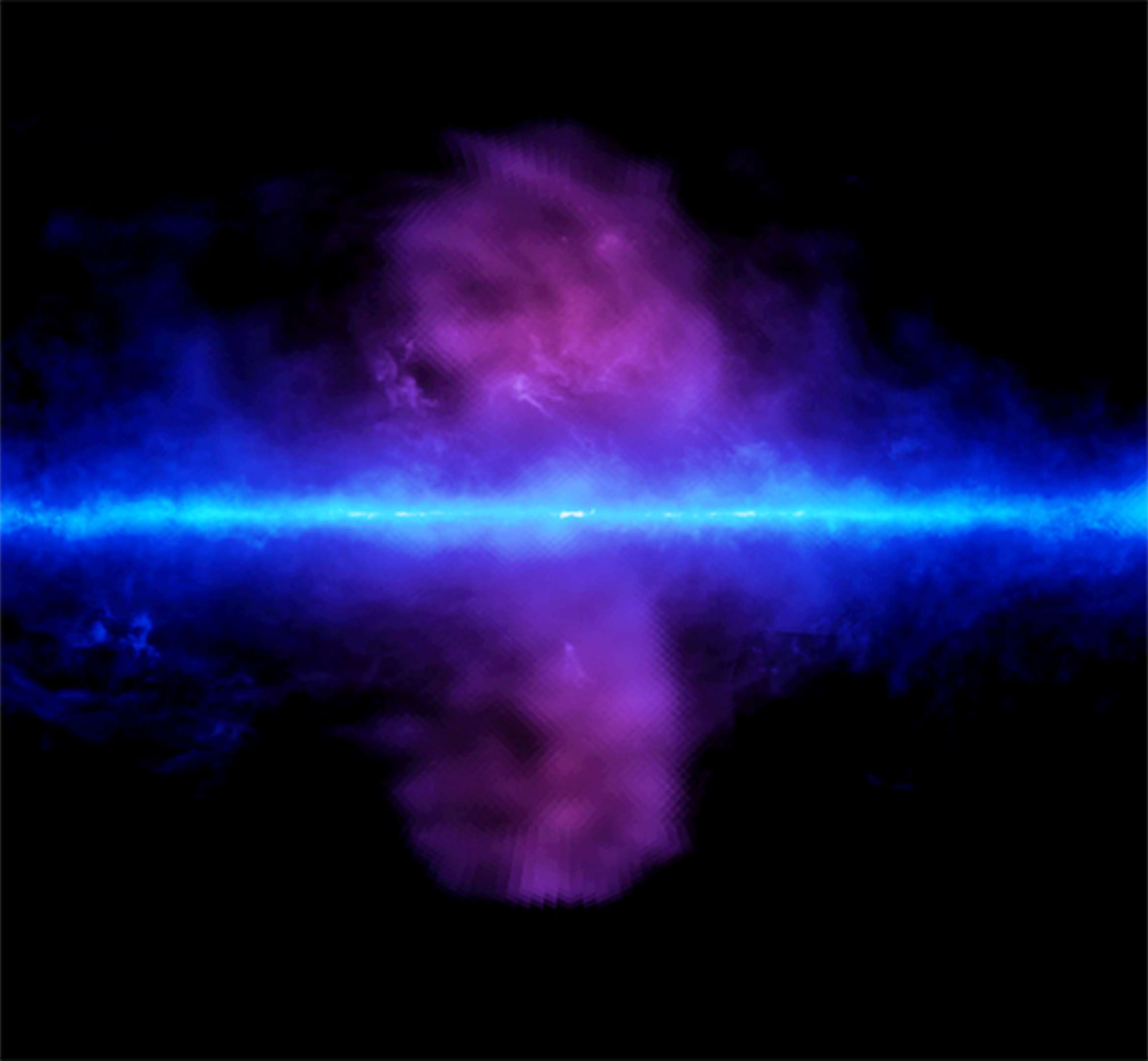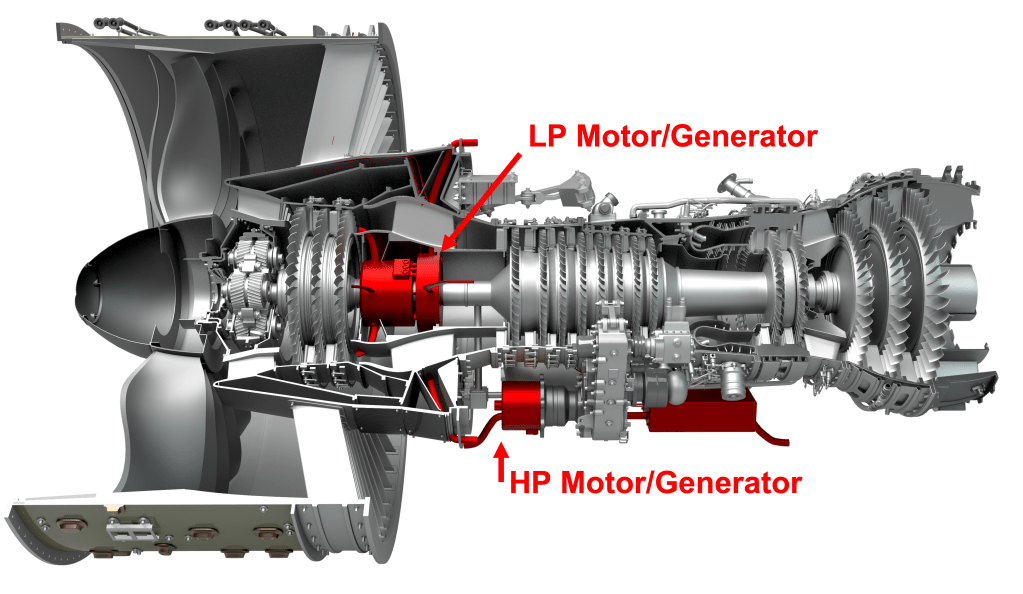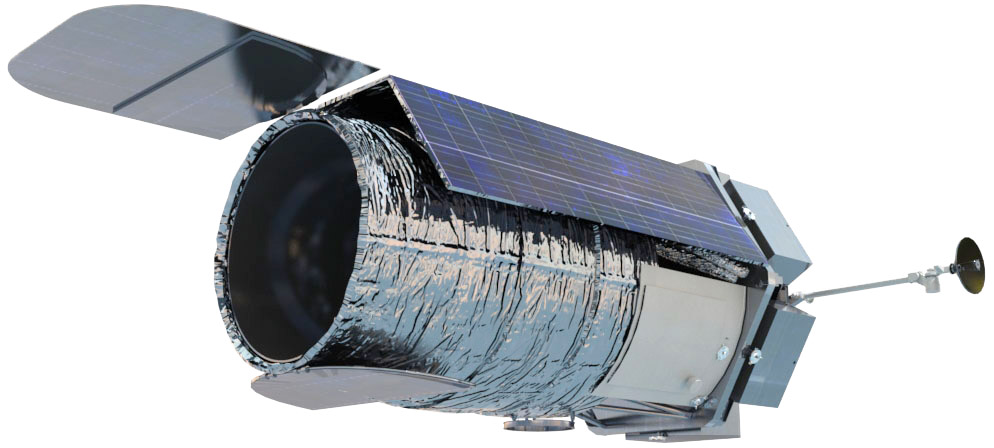Q&A Session About NASA’s WFIRST Mission
Recently, Neil Gehrels, WFIRST Project Scientist at NASA’s Goddard Space Flight Center in Greenbelt, Maryland, and Dominic Benford, the NASA Program Scientist at Headquarters, Washington, provided answers to questions about NASA’s upcoming WFIRST mission with a focus on the portion of the mission directed at better understanding dark energy. Dark energy is a mysterious pressure that appears to be making the universe expand at an ever-faster pace.
Q: What is WFIRST?
WFIRST stands for the Wide-Field Infrared Survey Telescope. It’s a NASA mission designed to study dark energy, perform galactic and extragalactic surveys, and explore exoplanets. WFIRST was originally configured with a telescope mirror of 1.5 meters across or smaller, but in 2012 NASA acquired two telescopes with 2.4-meter mirrors — as big as the Hubble Space Telescope’s — from the National Reconnaissance Office. Last year, NASA requested further study of the WFIRST mission under the assumption that it would use one of these telescopes. This version is now called WFIRST-AFTA (for Astrophysics Focused Telescope Assets).
Q: What things will WFIRST focus on?
A: WFIRST-AFTA will perform excellent observations related to dark energy, but it is important to point out that it will also do other kinds of science. As specified by “New World New Horizons,” the 2010 decadal survey of astronomy and astrophysics, the mission will have a tripod of science — dark energy, exoplanets and near-infrared surveys — for the astronomical community. The mission will carry out significant investigations in galaxy evolution, exoplanet surveying, exoplanet characterization, and astrophysics within our own galaxy, and it will have a robust guest investigator program.
Q: What about studying dark energy?
A: Astronomers observe that the expansion of the universe is accelerating and have proposed that what drives this acceleration is an all-pervasive form of energy — dark energy — that we do not yet understand. WFIRST-AFTA is a survey mission that will make the most precise measurements of how dark energy and dark matter — an as-yet-unidentified form of matter whose presence can be determined only through its gravitational effects — influence the universe. It is designed to conduct these observations using five observational strategies techniques: supernovae, baryon acoustic oscillations, weak lensing, redshift-space distortions, and the formation of galaxy clusters.
Q: How will type Ia supernovae survey help investigate the mystery of dark energy?
A: As with the discovery of dark energy in 1998, supernovae will be used as standard candles to measure the expansion rate of the universe. All type Ia supernovae emit almost the same amount of light. Measuring their brightness with WFIRST-AFTA will therefore tell us accurately how far away they are. We can trace out how the universe is expanding more rapidly at the present time than earlier in its history and use that to constrain models of dark energy.
Q: How does WFIRST’s resolution compare with previous/existing telescopes?
A: The use of the WFIRST-AFTA 2.4-meter telescope provides a very high angular resolution and wide field of view, exceeding what is possible with either the Hubble Space Telescope or the largest ground-based optical telescopes. This permits precision measurements such as weak lensing — mapping distortions of galaxy images caused by the effect of intervening dark matter on their light — to be made with unprecedented sensitivity and accuracy.
WFIRST-AFTA complements the James Webb Space Telescope, which is expected to launch in 2018. Both missions achieve a hundred-fold improvement over the current capabilities of the Hubble. One way to think of it is that WFIRST-AFTA’s view of the cosmos is wide and shallow, while JWST’s is narrow and deep. The wide-field survey performed by WFIRST-AFTA will cover 200 times the sky area of the Hubble Ultra-Deep Field. JWST will take images and spectra 100 times more sensitive than Hubble.
Q: How do the three surveys to be undertaken by WFIRST complement one another?
A: WFIRST-AFTA uses a combination of techniques stemming from two surveys: a wide-field imaging survey, a wide-field slitless spectroscopy survey, and a repeated supernova photometry survey. (Slitless spectroscopy is astronomical spectroscopy done without a small slit to allow only light from a small region to be diffracted.) These complementary surveys allow scientists to use the multiple techniques to measure supernova distances, the scale size of baryon acoustic oscillations (BAO), the distribution of matter via weak lensing, the growth of redshift-space distortions, and cluster formation. The combined power of all of these probes will give the best understanding of dark energy in the current universe and how it evolved with time as the universe expanded. WFIRST-AFTA is the only observatory in space or on the ground that combines all of these probes.
Q: How will WFIRST study BAO? How will this compare to studies by the European Space Agency’s planned Euclid mission and other existing telescopes?
A: The BAO study will be done by measuring the size of spherical disturbances in the universe (acoustic oscillations) left over from its early expansion. We will accurately measure the position and distance of a 100 million galaxies to map out these disturbances. WFIRST-AFTA and Euclid will make complementary observations, with WFIRST-AFTA observing fainter galaxies and Euclid observing more of the sky. The combined data set will be much larger and more accurate than any other BAO measurement.
Q: What role do you see WFIRST playing in the ongoing search for dark energy?
A: Dark energy is an explanatory theory to allow us to understand what we observe about the expansion of the universe and the assembly of galaxies and clusters of galaxies across cosmic time. WFIRST-AFTA will make a suite of state-of-the-art measurements to probe dark energy and dark matter and their effects on the universe from the present day back more than 10 billion years. No other current project has the combination of breadth, depth, and scope to characterize the physics of dark energy and dark matter.
Q: Is WFIRST a NASA-only mission?
A: During the current mission concept studies, WFIRST is being reviewed as a NASA-only mission. NASA remains open to potential partnerships on WFIRST at the appropriate time.
Q: When is WFIRST expected to launch?
A: If authorized for a mission start in 2017, WFIRST-AFTA would launch in the early 2020s.
By Francis Reddy
NASA’s Goddard Space Flight Center, Greenbelt, Md.






























